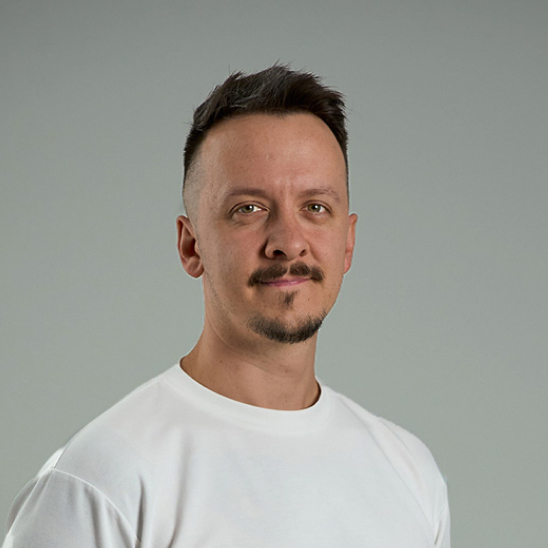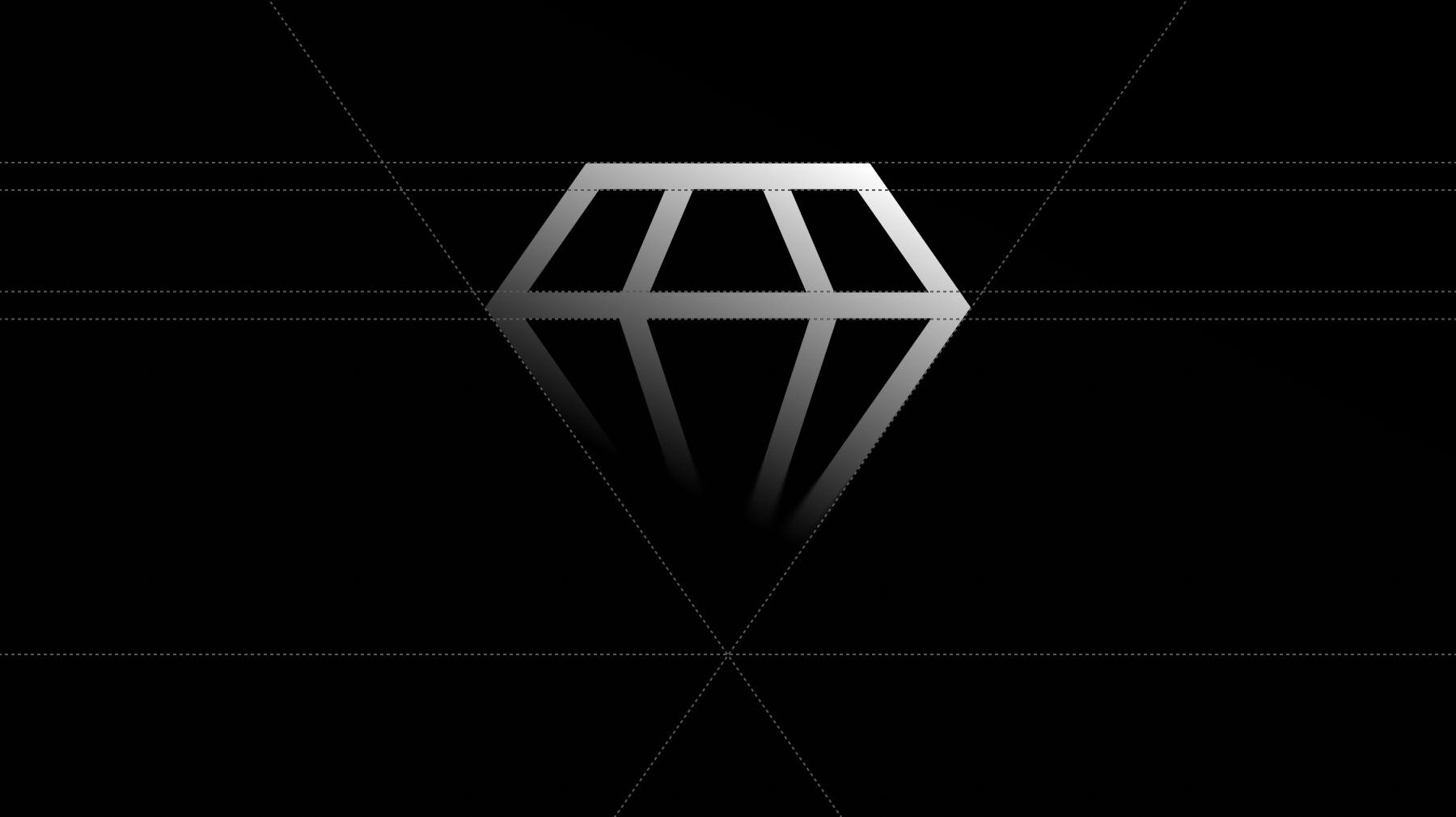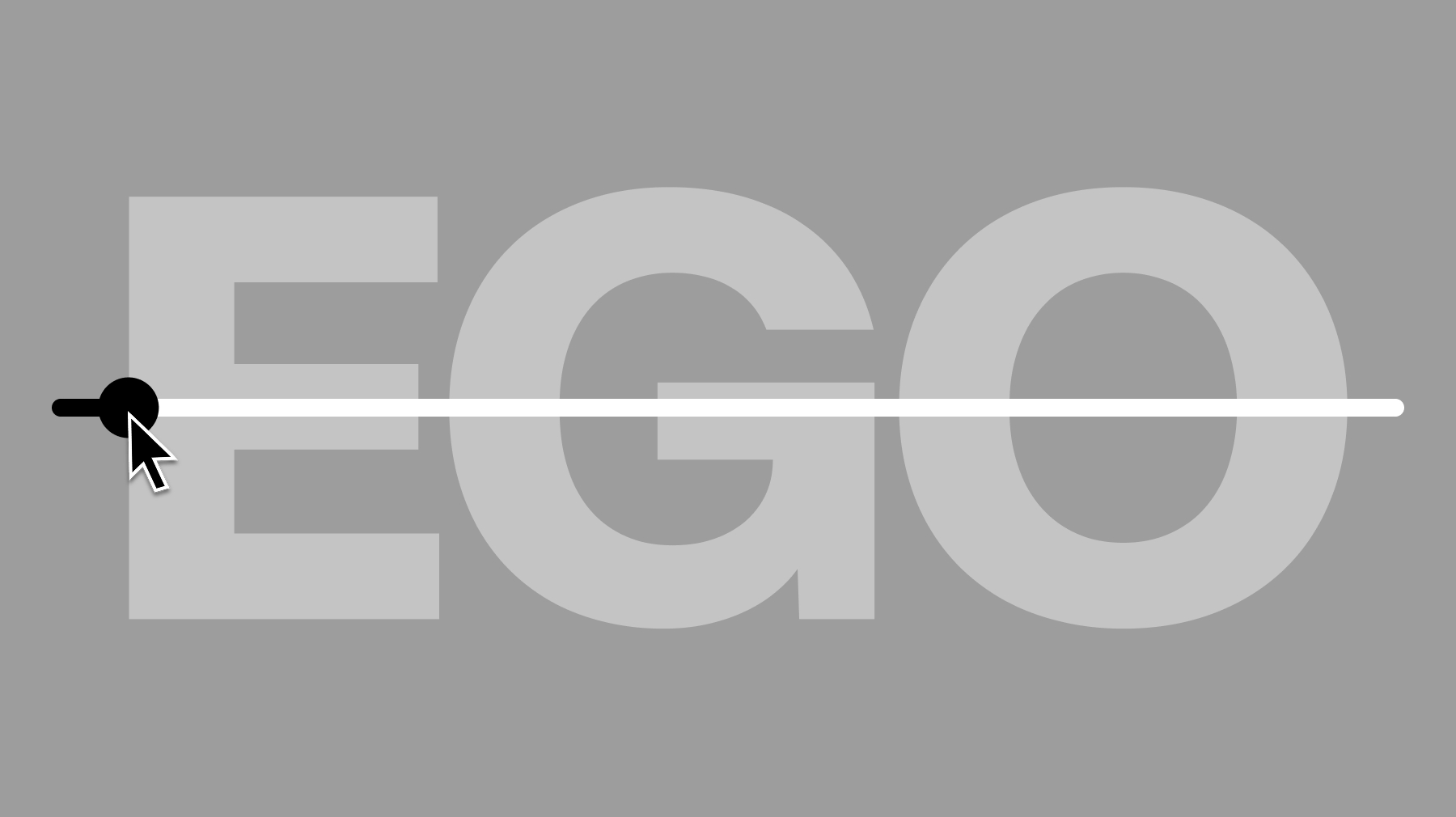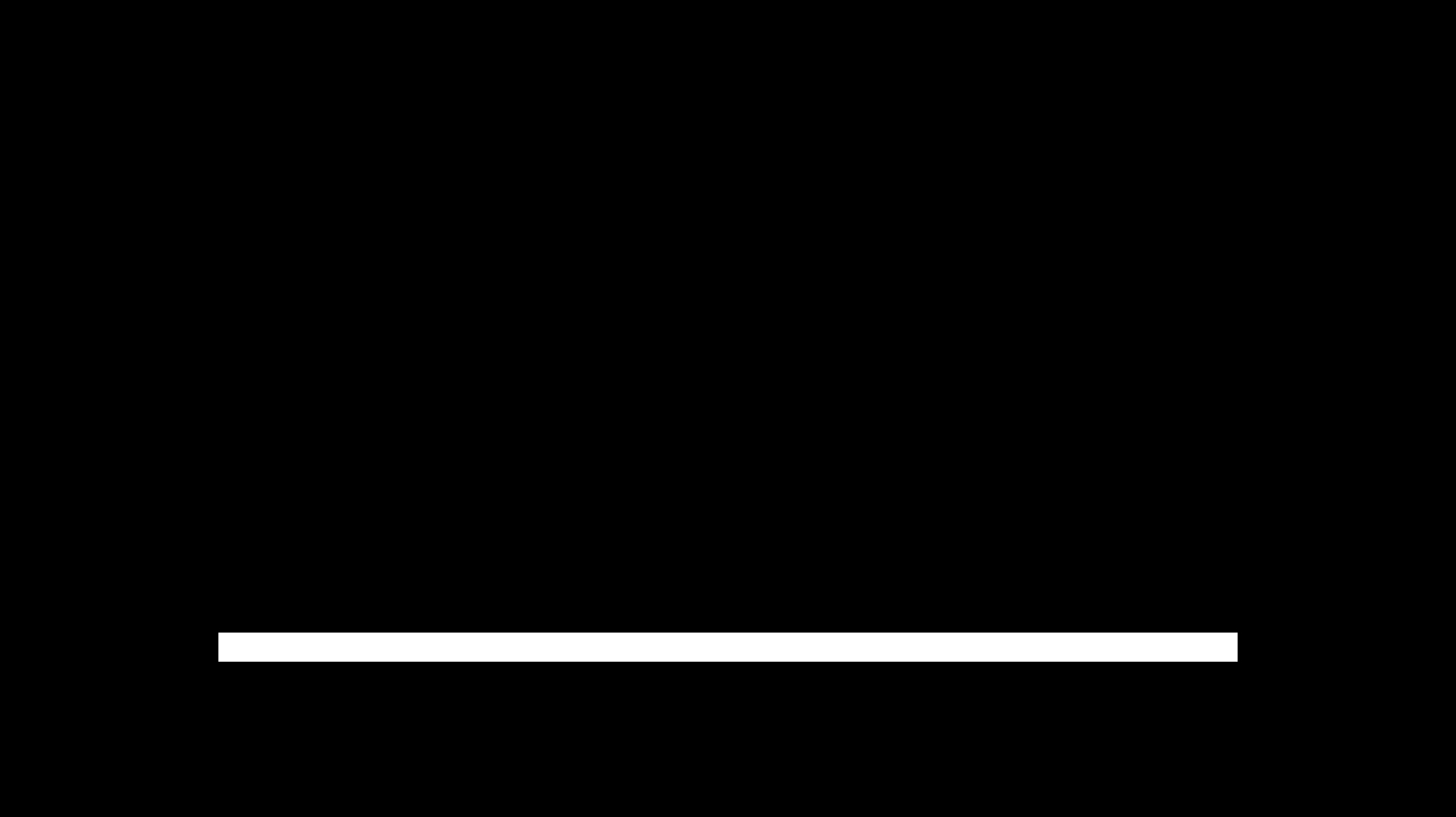Shortcuts won’t make you a designer

The rise of AI is reshaping how many young designers start their careers and learn the foundations of design. The path looks different now, and in some ways it has become easier. But that does not mean the fundamentals matter any less.
Design is more than tools or what they produce. It lives in the choices, principles, and intent behind the work. It is about knowing why you make decisions, how elements connect, and the principles that hold a design together. Without that, you may produce work, but you will not become a designer. You are simply a user of design tools.
Especially as a junior designer, it is tempting to turn to AI at every step: layouts, typography, color palettes, even entire concepts. The shortcuts are everywhere. But shortcuts rob you of the practice that builds your foundation. You need to think carefully about where it makes sense to use AI, and where it does not. First, you have to walk the path yourself. Only then can AI become a partner, not a substitute.
You must understand what you are doing. You must not depend on the technology. If someone takes away all your tools, you should still be able to design. With pencil and paper, with nothing but your eye and your mind, you should still know how to create. That is the mark of a true designer.
Ask yourself: what deep knowledge of your craft have you built? What do you know that cannot be replicated by a machine prompt? What sets you apart from other designers who use the same tools?
The truth is simple. Tools change. Trends change. AI will change too. What lasts is your understanding of design itself. Composition, balance, hierarchy, contrast, typography, storytelling. Those are not optional skills. They are the essence of the profession.
So if you are just starting your career, resist the urge to rely on shortcuts. Learn the craft step by step. Train your eye. Build your taste. Practice until the basics feel natural.
Only then bring AI into the process. Use it to extend your thinking, to speed up exploration, to expand possibilities. Not to replace the work of learning, but to build on it.
In the end, your career will be built not on the tools you used, but on the knowledge you’ve earned. It is the ability to design with or without them.




